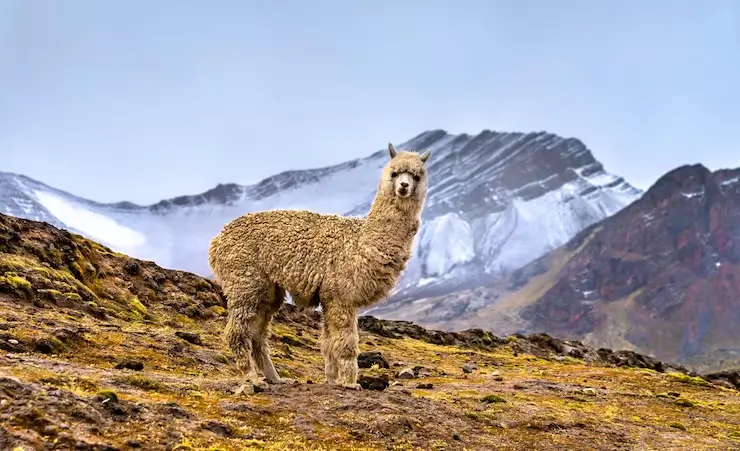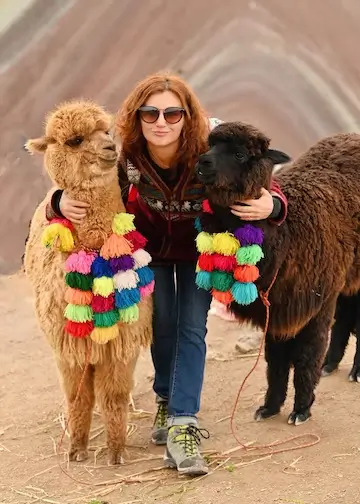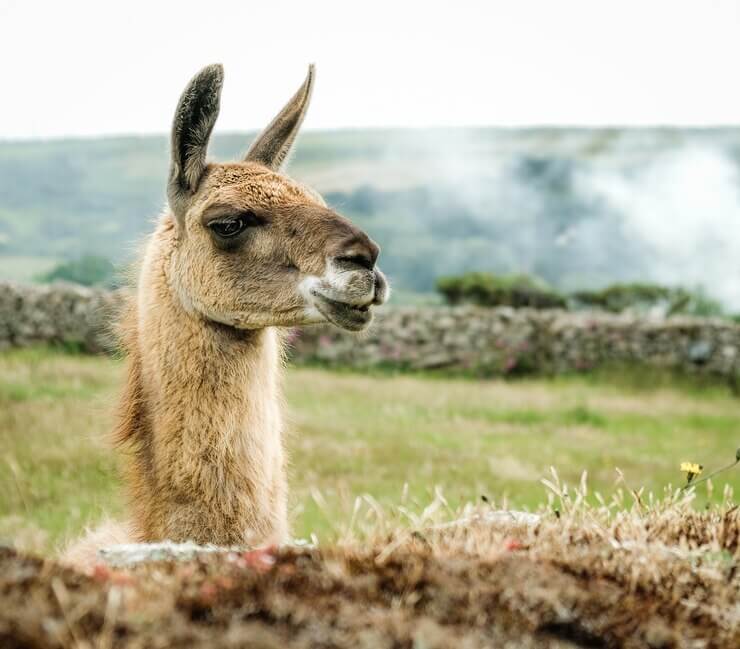Alpacas and llamas are fascinating creatures that often captivate the imaginations of animal lovers and farmers alike. Both belong to the Camelidae family and have long been domesticated for various purposes. However, despite their similarities, these South American camelids have distinct differences that set them apart. In this article, we will delve deep into the world of alpacas and llamas, comparing their characteristics, uses, and the various ways they contribute to human society. Let’s explore the intriguing world of “alpaca vs. lama.”
What are Alpacas and Llamas?
They are domesticated camelids originating from the high-altitude regions of South America. They are both part of the Camelidae family, which includes other species like camels and guanacos. Despite being related, alpacas and llamas have distinct characteristics and purposes.
Physical Characteristics
Both alpacas and llamas have a sturdy and compact build, with long necks and legs. However, there are noticeable differences in their size and appearance.
Alpacas:
Alpacas are smaller than llamas, standing at around 36 inches at the withers and weighing between 100 to 200 pounds. They have a more teddy-bear-like appearance with their fluffy fleece and endearing faces.

Llamas:
Llamas, on the other hand, are larger, measuring up to 47 inches at the withers and weighing between 250 to 400 pounds. They have a noble appearance with a long neck and banana-shaped ears.

Temperament and Behavior
When it comes to temperament, they also exhibit varying behaviors.
Alpacas:
Alpacas are known for their docile and gentle nature. They are often shy and reserved but can form strong bonds with humans when treated with kindness.

Llamas:
Llamas are more independent and confident compared to alpacas. They are highly intelligent and can be trained for various tasks, such as guarding other livestock.
Fiber and Wool Production
One of the significant reasons humans have domesticated those camelids is their valuable fiber.
Alpacas:
Alpacas produce incredibly soft and luxurious fleece that comes in various natural colors. This fleece is used to create high-end clothing items and textiles.

Llamas:
Llamas, too, have coarse fleece that can be used for certain textiles, but it is not as soft as alpaca fleece.
In conclusion, they are remarkable creatures with their unique characteristics and contributions to society. While alpacas are cherished for their delicate fleece, llamas serve as dependable guardians and working animals. Both have firmly established themselves as beloved companions to humans, whether on a farm or in a therapeutic setting.
FAQs
- Can you ride on those camelids?
- While alpacas are not suitable for riding due to their smaller size, llamas can be trained for light riding.
- Do alpacas and llamas spit at people?
- Yes, both camelids might spit when they feel threatened or stressed.
- Are those animals endangered species?
- No, they are not endangered, but conservation efforts are in place to protect their habitats.
- How long do they live?
- They have a lifespan of around 15 to 25 years.
- Can you keep llamas and alpacas as pets in urban areas?
- Keeping those camelids as pets in urban areas might be restricted by local regulations and space requirements.
If you still do not have a Travel Itinerary we can help you organize your trip to Machu Picchu Peru. Organize my trip with Neotropic Peru Travel

